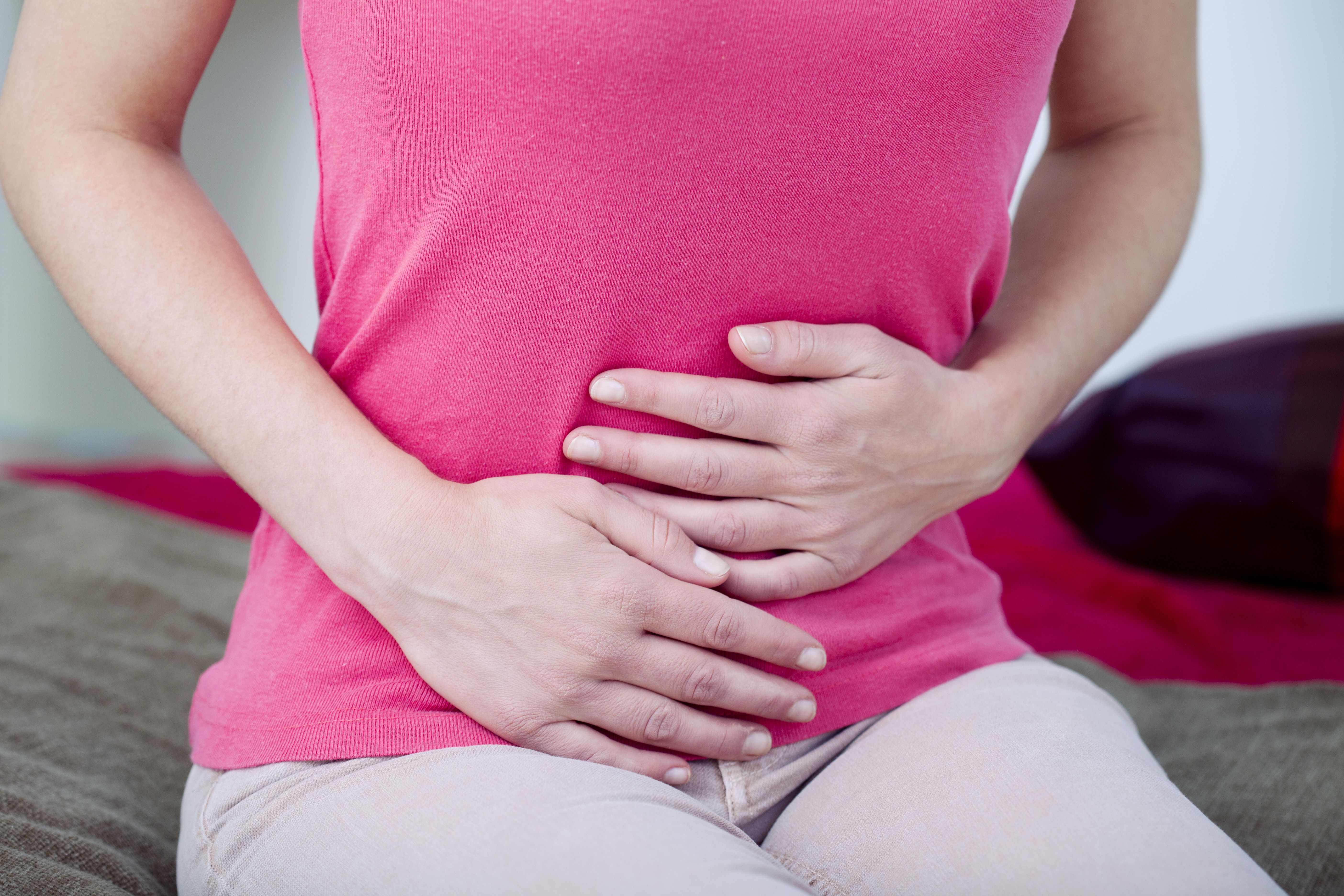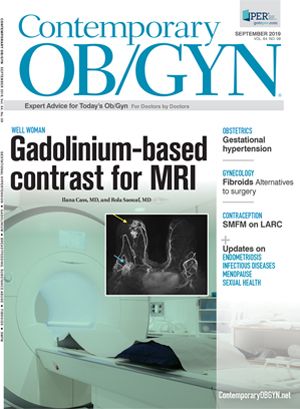Urologic chronic pelvic pain syndrome and female sexual function
New research examines the negative effects of chronic pelvic pain on aspects of sex such as lubrication.
©RFBSIP - stock.adobe.com

Urologic chronic pelvic pain syndrome (UCPPS) has a significant negative effect on various aspects of female sexual function. A systematic review and meta-analysis in the International Urogynecology Journal also found that patients with UCPPS were at much higher risk of dyspareunia and that psychosocial variables might be a factor in pathogenesis of female sexual dysfunction (FSD). The authors searched PubMed, EMBASE, the Cochrane Library and Google Scholar for published literature about the Female Sexual Function Index (FSFI) or reporting the prevalence of dyspareunia. Nine case-control studies, mostly single-center studies, which enrolled a total of 4,965 subjects, were analyzed. All studies were published in English between 2001 and 2014, with sample sizes ranging from 86 to 1,781. Five studies originated from North America and the other four from Europe, with four studies assessing the six individual FSFI domains and five studies evaluating dyspareunia.
Mean age of the case and control groups ranged from 34.8 to 50.6 and from 36.1 to 50.66 years, respectively. Overall quality of the studies was considered moderate to good, with an average Newcastle-Ottawa Scale (NOS) score of 6.5 for risk of bias.
The analysis found a strong correlation between UCPPS and dyspareunia (odds ratio [OR] = 11.27; 95% confidence intervals [CI]: 5.15 to 24.67) (P < 0.00001). The UCPPS group also had significantly lower scores for each of the six individual domains of the FSFI compared with the healthy control group: desire (mean difference [MD] = −1.04; 95% CI: −1.20 to − 0.88 (P < 0.00001); arousal (MD = −1.78; 95% CI: −2.36 to −1.20 (P < 0.00001); lubrication (MD = −2.11; 95% CI: −2.49 to −1.73) (P < 0.00001); orgasm (MD = −1.50; 95% CI: −1.72 to −1.28) (P < 0.00001); satisfaction (MD = −1.54; 95% CI: −1.97 to −1.12) (P < 0.00001); and pain (MD = −2.89; 95% CI: −3.63 to −2.14) (P < 0.00001).
Moreover, the FSFI total score was significantly lower for the UCPPS group (mean difference [MD] = −11.35; 95% CI: −14.54 to − 8.16) (P < 0.00001).
The pathogenic mechanism of FSD may involve aging, reduced estrogen levels and psychosocial variables, according to the review authors. “Pain may also lead to pessimistic, fearful, and disappointing sexual psychologic disorders, and patients may appear to avoid or reduce the frequency of sex, loathe sexual activity, and further reduce sexual dysfunction,” the authors wrote.
In fact, the main cause of UCPPS in the majority of patients with sexual dysfunction might be psychologic factors, thus forming a vicious cycle of “painful discomfort-psychologic symptoms-sexual dysfunction.”
The Multidisciplinary Approach to the Study of Chronic Pelvic Pain (MAPP) Research Network advocates an interdisciplinary strategy to diagnose and treat, which is more effective than monotherapy. However, to break this cycle, more valid therapies and treatments are needed, according to the review authors.
One drawback of the review is that the pooled analysis was limited to the FSFI total score, scores of six domains and prevalence of dyspareunia. In addition, there were no standard criteria for evaluating the scale and diagnosis of FSD, nor was the frequency of FSD fully explained.
“Future well-designed research is called for to develop a comprehensive estimate of the association between UCPPS and FSD,” the authors concluded.

